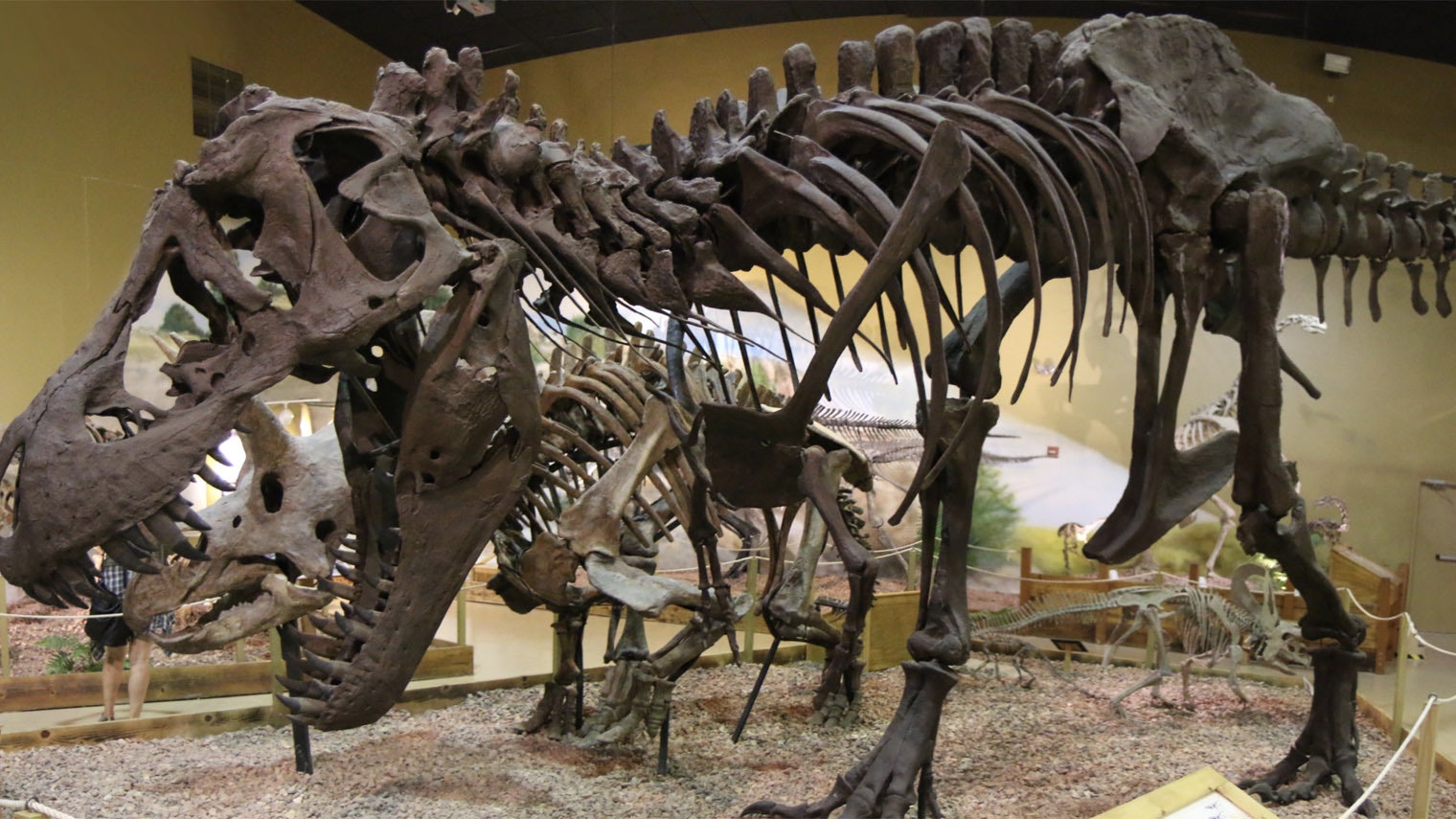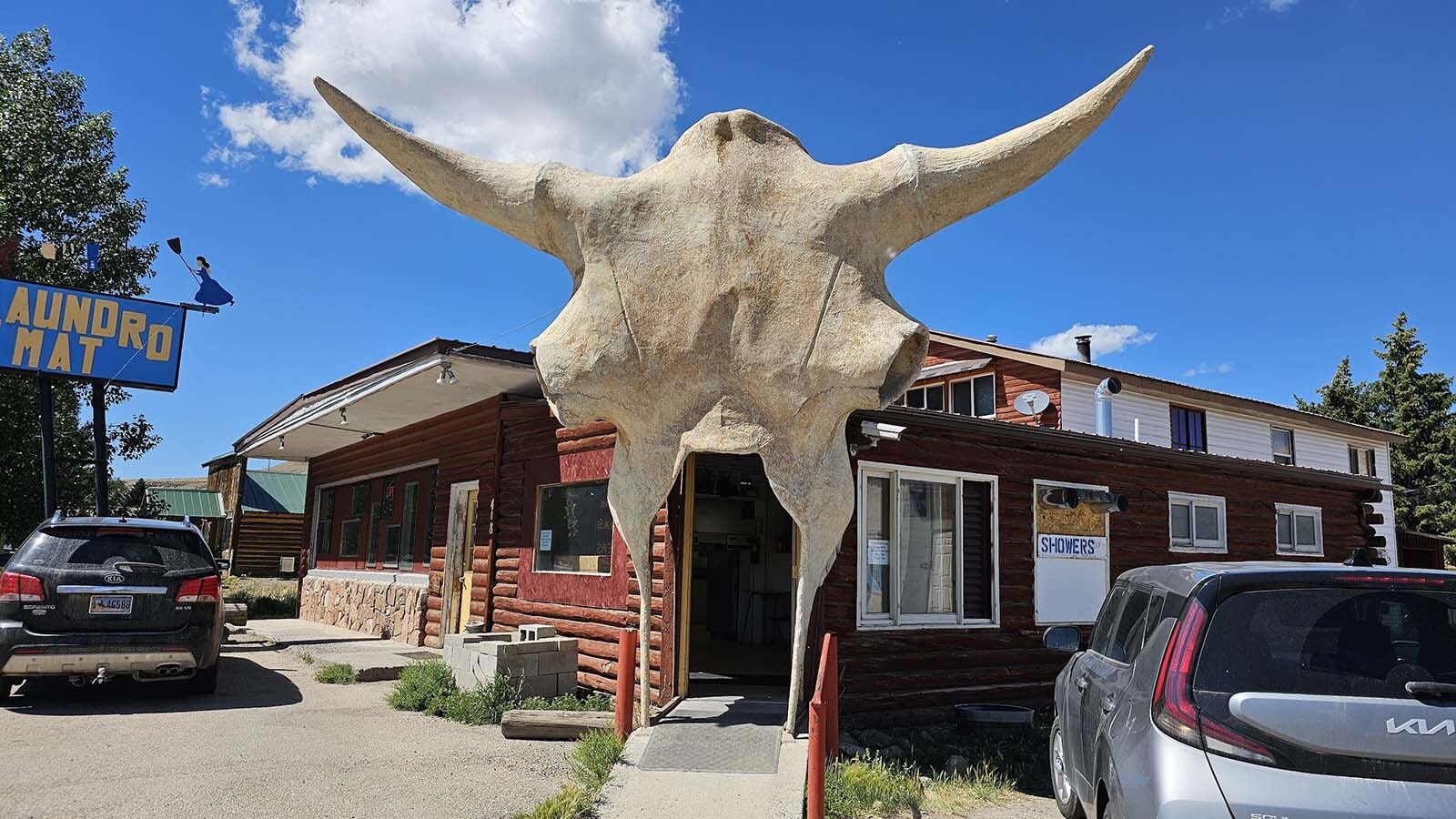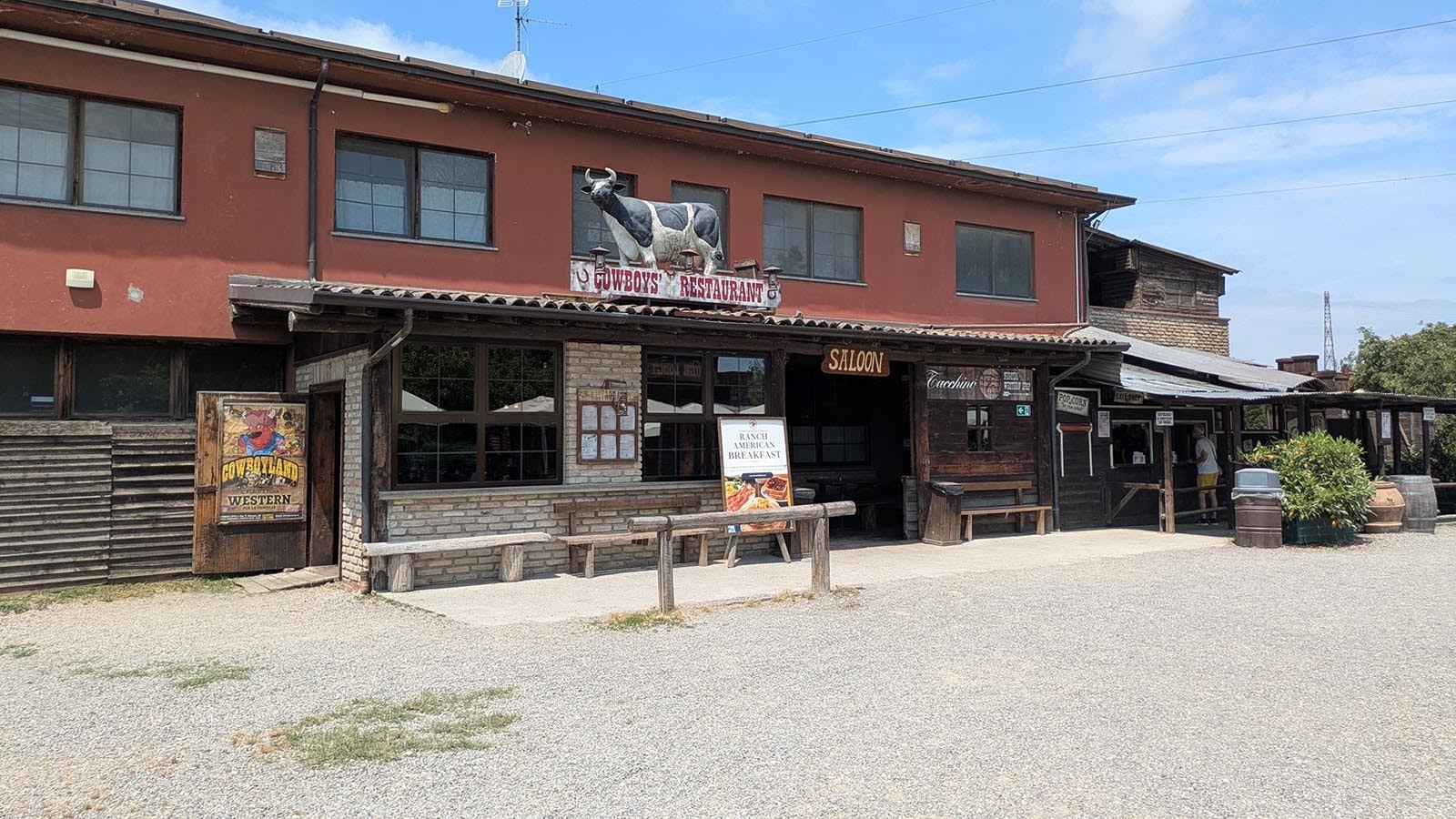Tyrannosaurus Rex. Just the name conjures up images of toothy monsters stalking prey, the lone wolves of the prehistoric plains.
But that may be the wrong picture of the carnivore that once roamed Wyoming. In fact, the dinosaur first discovered in the Cowboy State may have been more of a social animal.
And that comes as no surprise to a renowned Wyoming dinosaur expert.
“The big meat eaters – and tyrannosaurs in particular – seem to have shown evidence of what we call ‘gregarious’ behavior,” said Andrew Rossi, who worked for almost eight years at the Wyoming Dinosaur Center in Thermopolis.
While the most recent discoveries lending credence to the idea that Tyrannosaurus Rexes hunted in groups came from Utah, the first T-Rex fossils ever found were discovered in Wyoming, said Rossi, who served as a consultant on the movie “The Good Dinosaur,” which was set in Wyoming.
“The very first T-Rex bones were found in Wyoming,” he explains. “They weren’t identified at first as T-Rex, but they were found around Newcastle close to a century ago.”
Researchers originally believed the giant predator hunted alone, but recent information published by paleontologists indicates T-Rexes may actually have been pack hunters.
Seven years ago, in the Grand Staircase-Escalante National Monument in southern Utah, a team of researchers from Arkansas studying a mass tyrannosaur death site determined that the giant reptiles may have, in fact, all lived and died in the same place at the same time.
According to an article in The Guardian, the Utah site is actually the third mass tyrannosaur death site discovered in North America, bolstering a theory of “social tyrannosaurs” that was first posed around 20 years ago.
The theory emerged after more than a dozen of the fossilized beasts were discovered at a site in Alberta, Canada, and was given more life when another mass death site was found in Montana.
Rossi said the idea of large predators hunting solo is actually based on what he calls “mammal assumptions.”
“We assume that the smaller meat eating animals hunt in groups to take that bigger prey, and the bigger ones are solitary – because that’s largely how big mammal carnivores do it,” Rossi said. “Bears are solitary, most big cats are solitary, but wolves and dogs and other animals hunt in groups — so we assumed dinosaurs may have operated the same way, not necessarily based on scientific evidence, just logical assumptions.”
Rossi said given the number of fossil discoveries made in Wyoming in the past, it is very possible that future groundbreaking research could occur inside the state rather than in Utah or Montana.
He noted that in all, 500 million years’ worth of fossilized creatures, from stegosaurus to diplodocus to triceratops to allosaurus, have been discovered in the state since the 1870s.
“Hopefully Wyoming will contribute to more of those revolutionary discoveries,” Rossi notes. “We know that this stuff’s out there, we know there’s more to find. And hopefully in the future, instead of hearing about everything coming out of Utah and Montana, you’ll hear more about the remarkable stuff that’s happening in Wyoming – because it is.”





